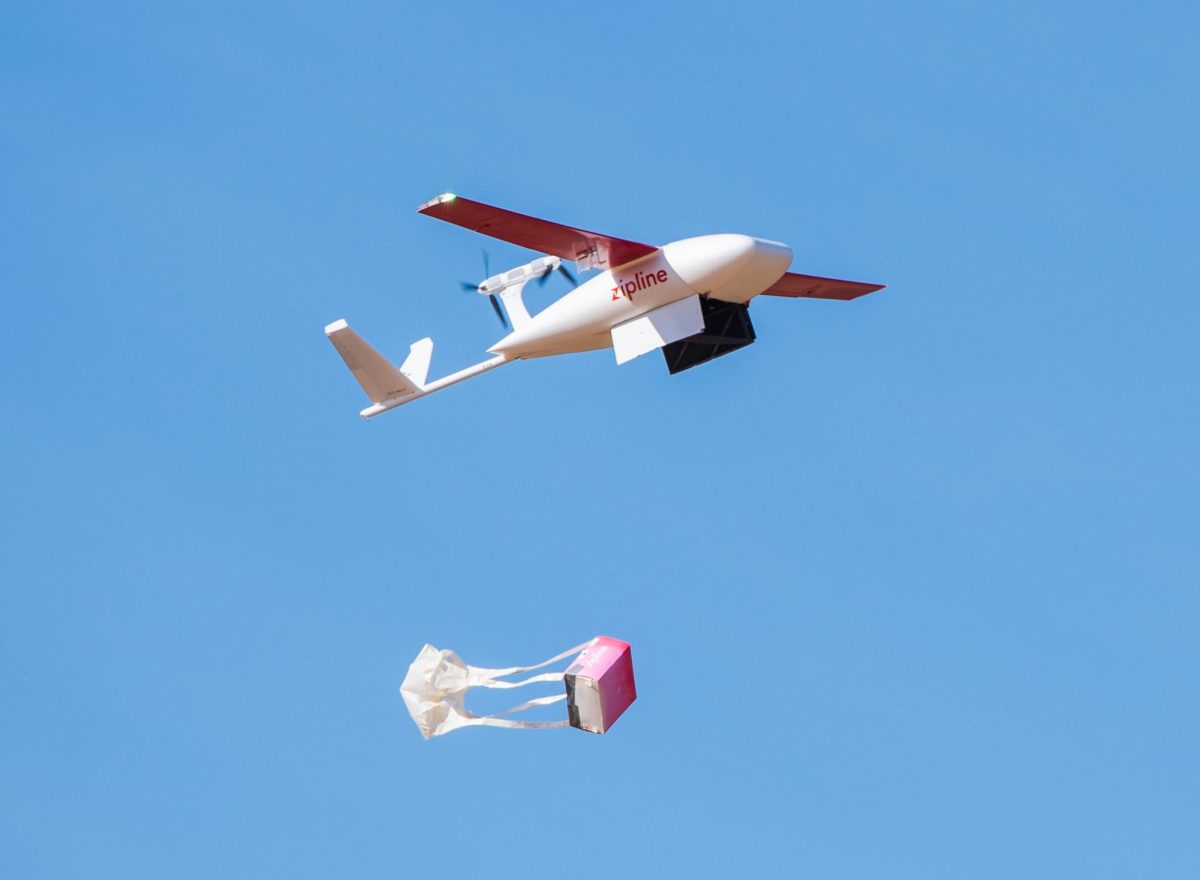Sub-Saharan countries have been fighting against malaria for decades, with it being one of the top causes of death in all of Africa. The New Nets Project was piloted in order to combat the millions of cases of malaria and was released in 2019 in 17 African countries with high malaria incidence. 56 million nets were distributed in Burkina Faso, Benin, and Côte d’Ivoire, among other countries, and several pilot studies found that the new nets were between 20% and 50% more effective than traditional ones in reducing mosquito exposure and reduced the risk of infection by up to 55%. A staggering 249 million malaria cases and more than 600,000 deaths due to the disease were recorded in 2022, but these nets have cut the estimated number to 200,000.
What Is Malaria?
Malaria is a disease caused by a parasite. The parasite is spread to humans through the bites of infected mosquitoes. People who have malaria usually feel very sick with a high fever and shaking chills. While the disease is uncommon in temperate climates, malaria is still common in tropical and subtropical countries. This parasite accounts for over 90% of the deaths and cases worldwide. For context, Nigeria alone logs more than 25% of global deaths from malaria. Some people who have malaria experience cycles of malaria “attacks.” An attack usually starts with shivering and chills, followed by a high fever, followed by sweating and a return to normal temperature. Malaria signs and symptoms typically begin within a few weeks after being bitten by an infected mosquito. However, some types of malaria parasites can lie dormant in your body for up to a year.
What Are These Mosquito Nets?
Standard mosquito nets are constructed of a fine see-through mesh fabric mounted on and draped over a box-shaped frame. It is designed to fit over an area or item such as a sleeping bag to provide protection from insects. A mosquito bar could be used to protect oneself from mosquitoes and other insects while sleeping in jungle areas. But with Sub-Saharan Africa having millions of malaria-infected mosquitos, new nets have taken the spotlight. The BASF Interceptor G2 ITNs are one of the highly-used nets in Africa, with its sheets being coated with chlorfenapyr, a new generation pyrrole insecticide, in combination with the standard pyrethroid insecticide. Another one of these nets are the DCT’s Royal Guard Net, a net that incorporates a combination of pyriproxyfen and pyrethroid into the yarn of the net. Both ITNs are more effective against mosquitoes with pyrethroid resistance than standard nets are.
How Much Are These Nets?
The new nets are more expensive than previous versions, but the additional cost appears to be offset by public health savings. While the additional cost per case of malaria prevented was between $0.66 and $3.56, according to the New Nets Project, the total savings to health systems were close to $30 million. The wholesale price of Interceptor G2 nets is $2.94 each, while the Royal Guard Nets have not been disclosed for purchase. But with these new innovations, the world has never been closer in stopping the constant deaths from malaria.
Related Stories
https://www.statnews.com/2024/04/17/malaria-prevention-next-generation-insectidal-nets-saved-lives/
https://www.cdc.gov/malaria/malaria_worldwide/reduction/itn.html
https://interestingengineering.com/innovation/new-net-prevents-13-million-malaria-case
Take Action




